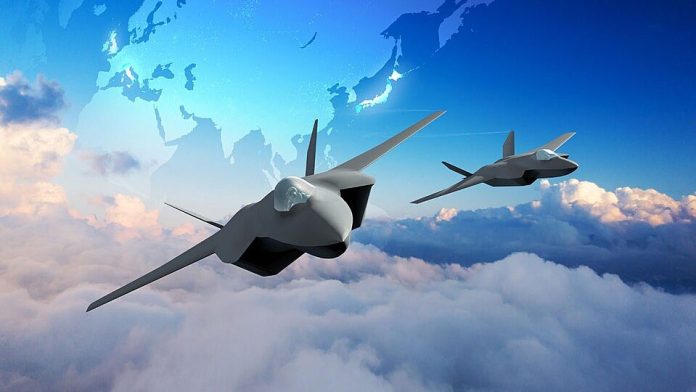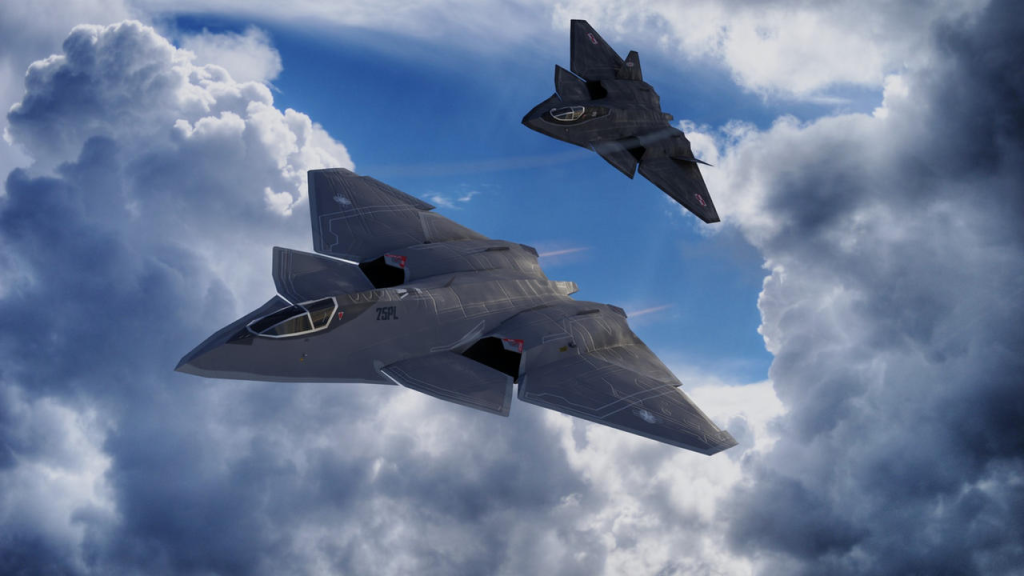
“Warfighting is about mass, staying power, and redundancy. You can’t surge what you don’t have.” This plain-spoken diagnosis, given by Dr. Andrew Latham, sums up the essence of the controversy now unsettling the U.S. defense community: whether the Air Force’s proposal to buy only 185 F-47 sixth-generation fighters is a wise step into the future, or a perilous repetition of earlier blunders.
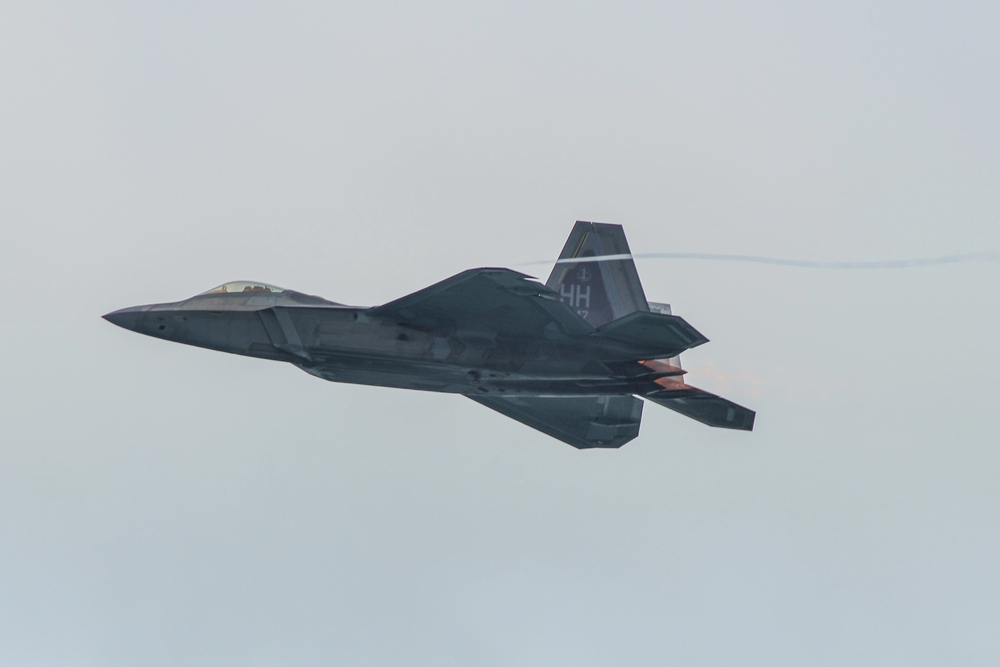
1. The Numbers Game: Deterrence by Quantity, Not Quality
The Air Force’s announced goal of acquiring “at least 185” F-47s as the centerpiece of its Next Generation Air Dominance (NGAD) program is under blistering criticism. The case for a larger force is based on the cold math of contemporary high-intensity warfare. As Latham cautions, “Anything less than a huge boost in F-47 production is an ‘unforced error.'” The ghosts of history are large: the F-22 Raptor program, originally budgeted for more than 700 aircraft, was cut back to only 187 airframes and has haunted the Air Force ever since. The operational math accounting for maintenance, training, attrition, and the requirement for global presence rapidly surges requirements past 400 aircraft, with some analyses advocating for nearer 500 F-47s to realistically deter near-peer competitors such as China and Russia.
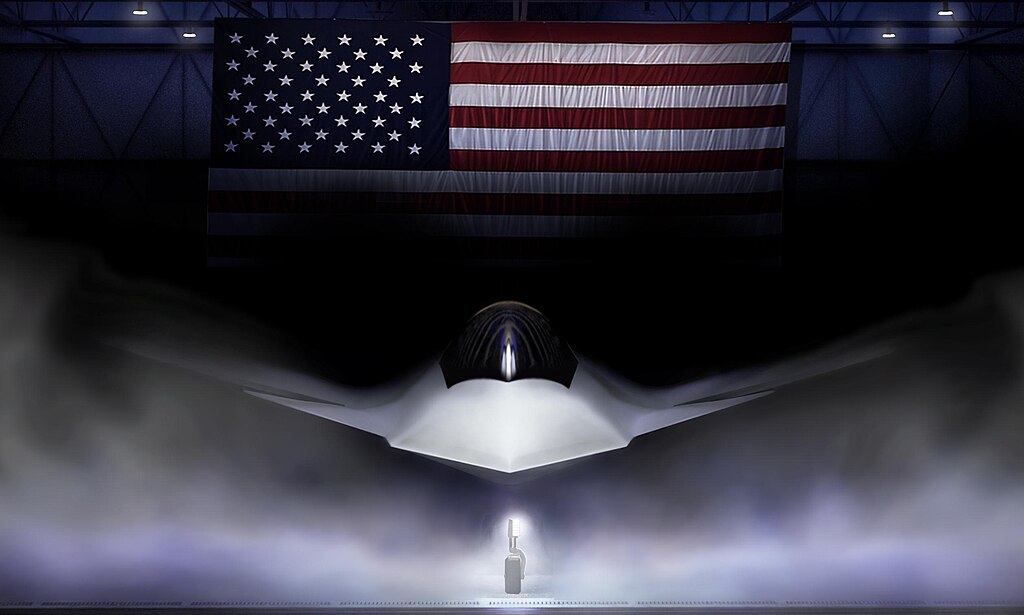
2. The F-47 as an Integrated Combat System
The F-47 is more than a next-generation fighter; it is the command center of a distributed, networked family of systems. Modeled to fly as the manned anchor in a constellation of AI-powered drone wingmen, Collaborative Combat Aircraft (CCA), the F-47’s mission is far more than conventional air superiority. In the words of Maj. Gen. Joseph Kunkel, “The F-47, the things that it brings to the fight, are game-changing for us… It helps us get closer to the enemy [and] helps us defeat the enemy in ways we can’t [currently].” The design is built on secure digital networks, advanced sensor fusion, and electronic warfare, so that each F-47 is not only a fighter, but a command node in an ever-changing battlespace. But the system’s success is ultimately dependent on scale: a single F-47 cannot control a cloud in multiple theaters. The drone amplification effect only applies when there are sufficient manned platforms to guide and utilize the expanded sensor net.

3. Stealth, Sensor Fusion, and Survivability: The Technical Edge
The technical achievements of the F-47 are impressive. Its estimated combat range is more than 1,000 nautical miles, more than double the F-22 and F-35, and its “Stealth++” title implies a radar cross-section even smaller than the Raptor’s already tiny 0.0001 square meters stealth qualities. Sensor fusion will allow the F-47 to act as an integrated sensor, possibly obviating the use of conventional nose radars and giving the pilot a real-time, overarching view of the battlespace. NGAP program adaptive cycle engines guarantee on-demand switching between fuel-efficient and high-thrust modes, although early production will be dependent on legacy propulsion, with the danger of range and endurance deficits if competitors develop rapidly.
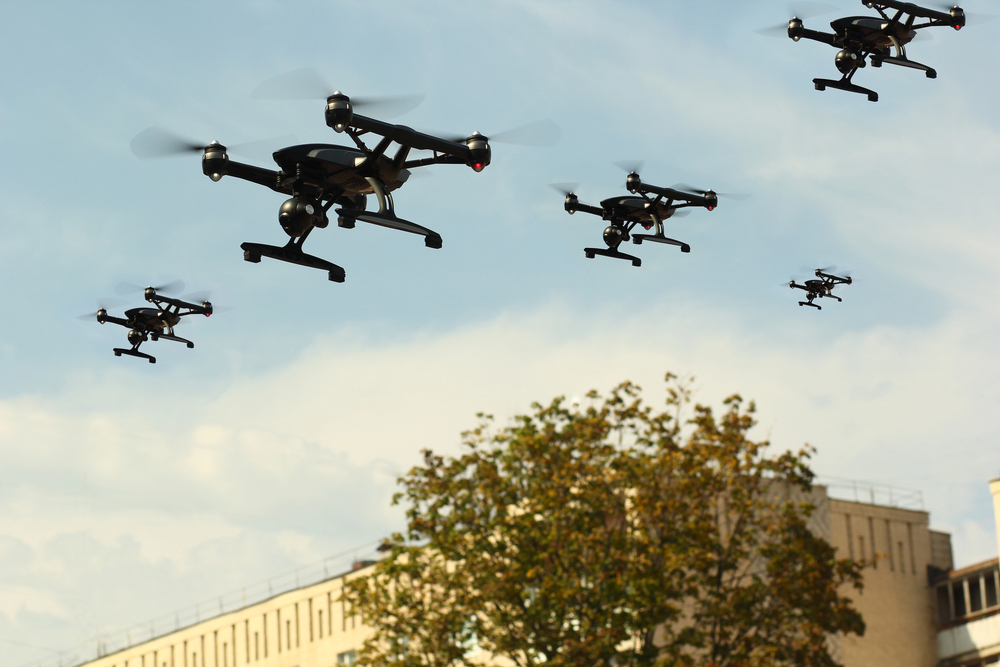
4. AI-Controlled Drone Wingmen: Potential and Constraints
The F-47’s operational concept revolves around the CCA program. Early models such as the General Atomics YFQ-42A and Anduril YFQ-44A are being flight-tested, with the Air Force set to purchase as many as 1,000 CCAs across many increments for distributed drone ops. Each F-47 will be able to command at least two, potentially as many as eight, drone wingmen. These unmanned vehicles expand the fighter’s sensors and strike range, harass enemy air defenses, and offer “affordable mass” without putting pilots at risk. However, as Kunkel observes, “CCA integration with F-47 makes the F-47 better,” and not obsolete. The manned platform is still irreplaceable for processing, directing, and exploiting the networked battlespace. Furthermore, the degree of autonomy in today’s CCAs is deliberately kept low so as to speed deployment, with “simple autonomy, simple algorithms, a little bit of AI sprinkled in,” as explained by Kunkel. The dream of AI-controlled swarms is still an evolving one, and the imperative for strong, reliable command nodes crewed by F-47s is still there.
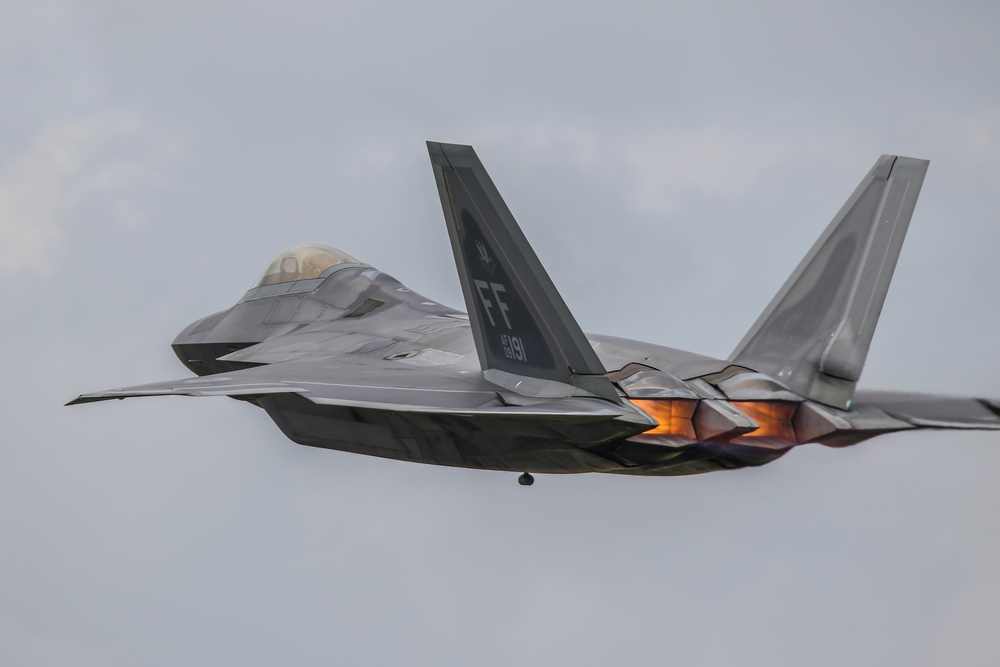
5. F-22 and the Dangers of Boutique Fleets
The history of the F-22 casts a long shadow. Planned as a fleet of more than 700, it was reduced to a boutique force, leaving the Air Force with too few aircraft to serve global requirements. “We just don’t have enough Raptors to cover today’s requirements, let alone tomorrow’s contingencies,” Latham notes. The F-47 threatens to do the same, particularly as the per-platform cost balloons above $300 million, three times the cost of an F-35. The minimalism logic fails when half the force is standing idle at any point in time, bringing the operational strength down to fewer than 100 jets globally. Losing even a few of these infrequent assets can be tactically disastrous in intense war.
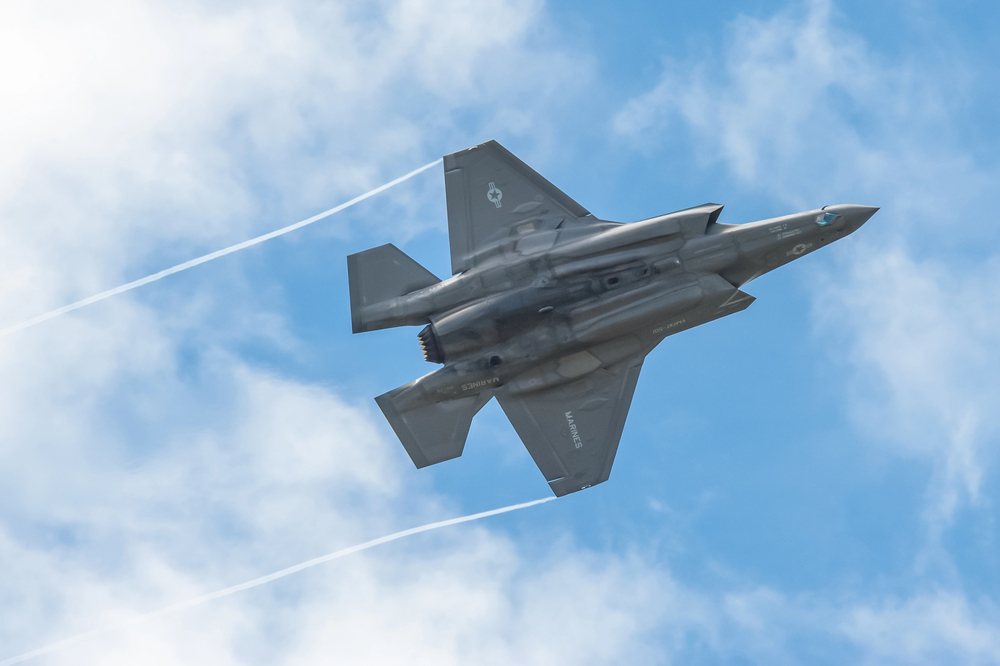
6. Allied Programs and the Limits of Interoperability
Others believe allied fifth-generation programs like the UK-Japan-Italy Global Combat Air Programme (GCAP) and the Franco-German-Spanish Future Combat Air System (FCAS) can balance U.S. shortcomings. But these programs are propelled by sovereign industrial drives and specific needs, so comprehensive interoperability and backstopping are less guaranteed than with the F-35. If allied programmes fail or are kept modest, air dominance will reside firmly on the U.S. shoulders. As Latham warns, “America’s security must not rely on what others choose or are capable of building.”
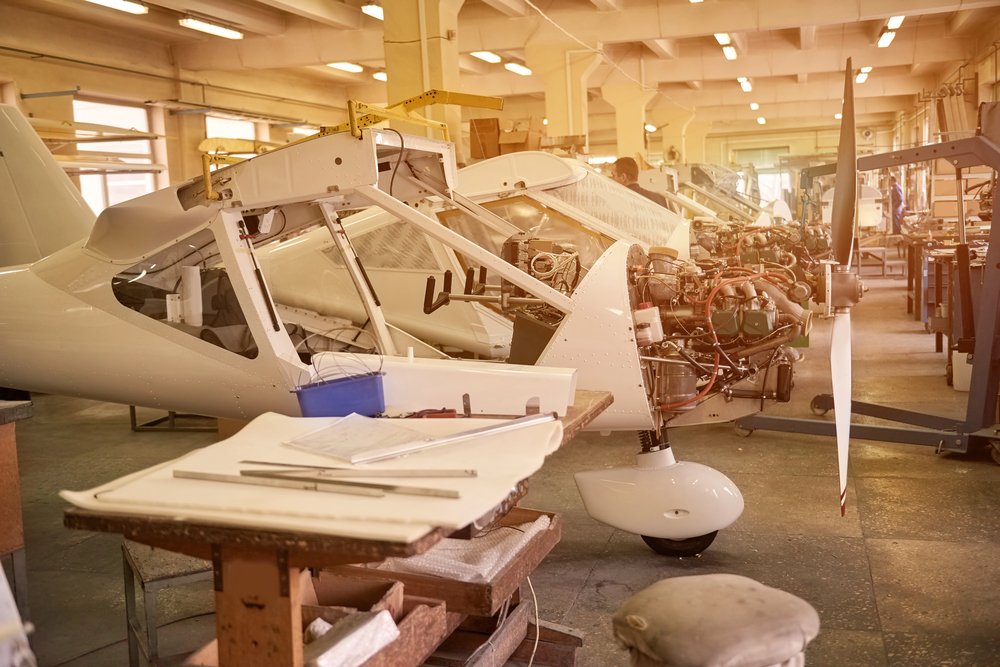
7. Industrial Base, Supply Chain, and Scalability Challenges
The jump to sixth-generation capability is not so much a design issue as a manufacturing and sustainment problem. The aerospace industrial base is beset by serious challenges: intricate supply chains, talent shortages, and the demand for new materials and processes supply chain threats. The F-47’s advanced composites, sensors embedded in the airframe, and adaptive engines demand a robust, transparent supply chain one the Pentagon has not been able to bring about. According to a recent analysis, “The U.S. military supply base… is a significant competitive edge that supports deterrence and enables the United States to project power.”
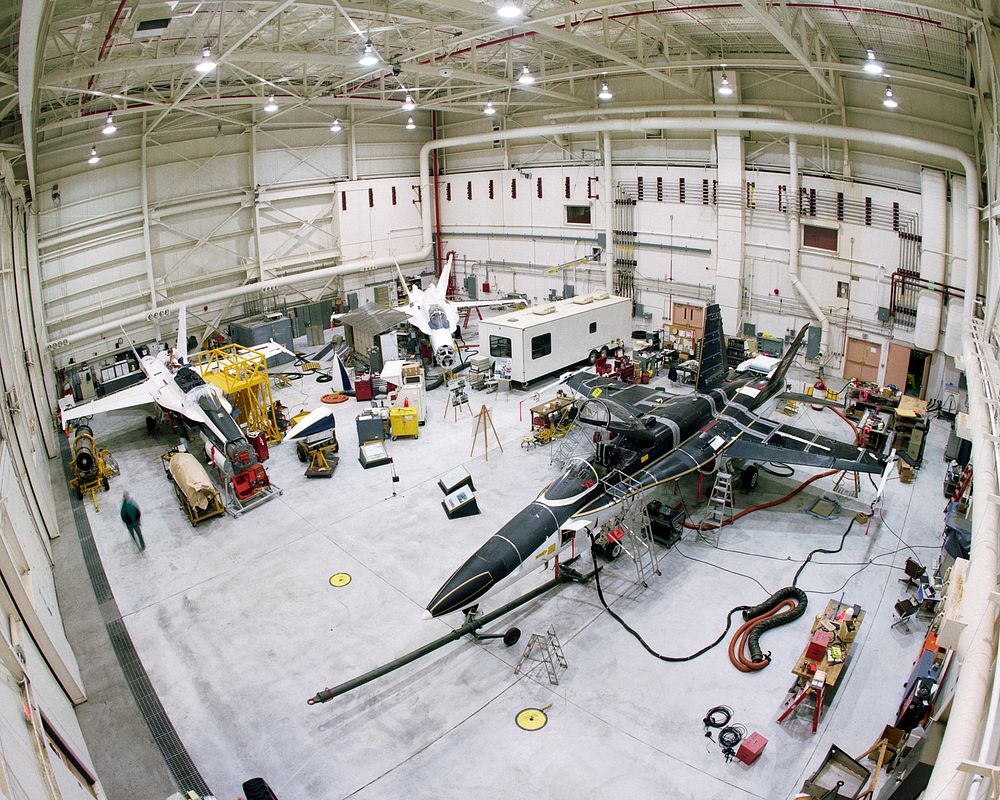
However, supply chain vulnerability, poor visibility into lower-tier suppliers, and dependence on strategic foreign materials imperil timely production and readiness. A ramp-up to 400–500 airframes will require not only funding, but an industrial mobilization and workforce development plan.
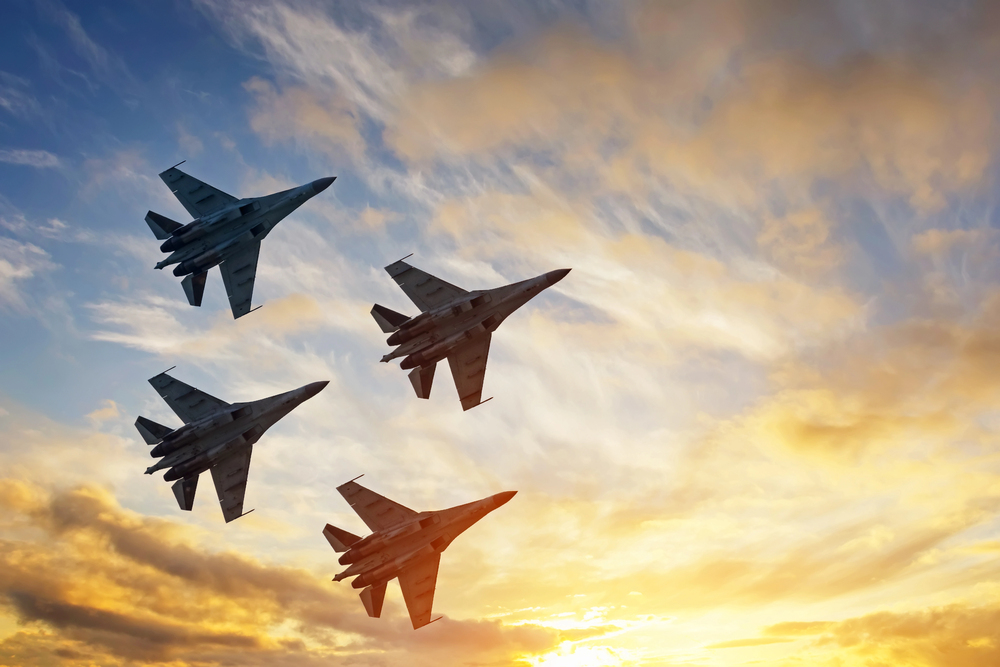
The Air Force’s insistence on a floor of 185 F-47s, through July 2025, is a collision of fiscal prudence, changing doctrine, and the unforgiving realities of engineering and logistics. While competitors step up their own sixth-generation programs and pour resources into mass production, the United States has a shrinking window to lock in its technological and numerical advantage. The question is not whether the F-47 will be the most sophisticated fighter in the air, but whether there will be enough of them to make a difference when it counts.
